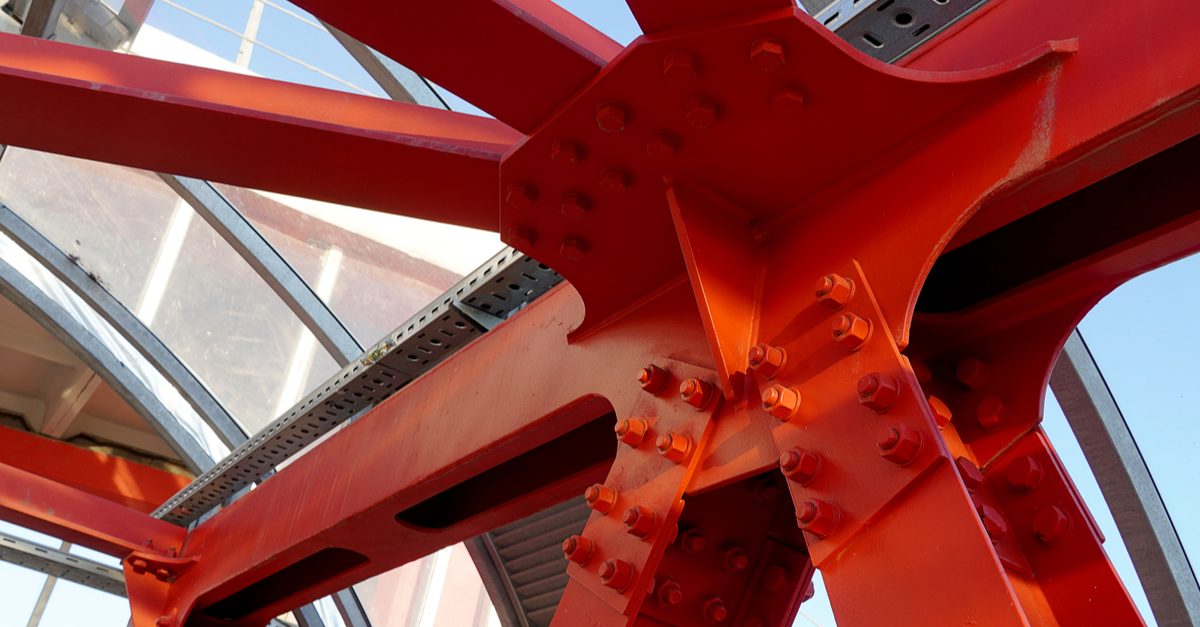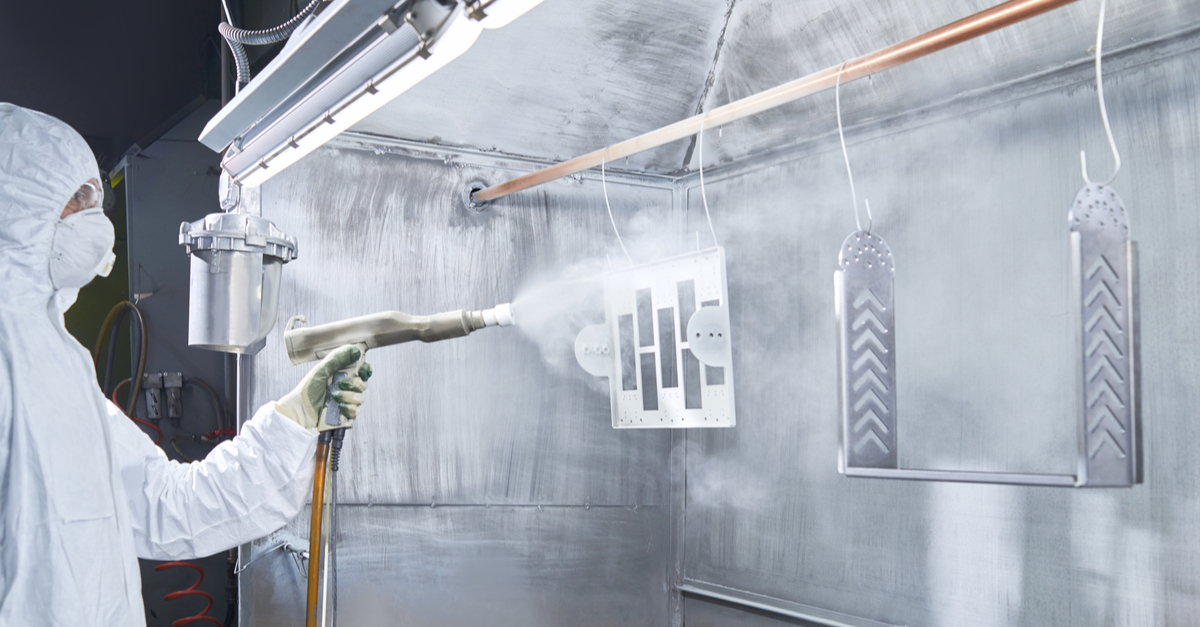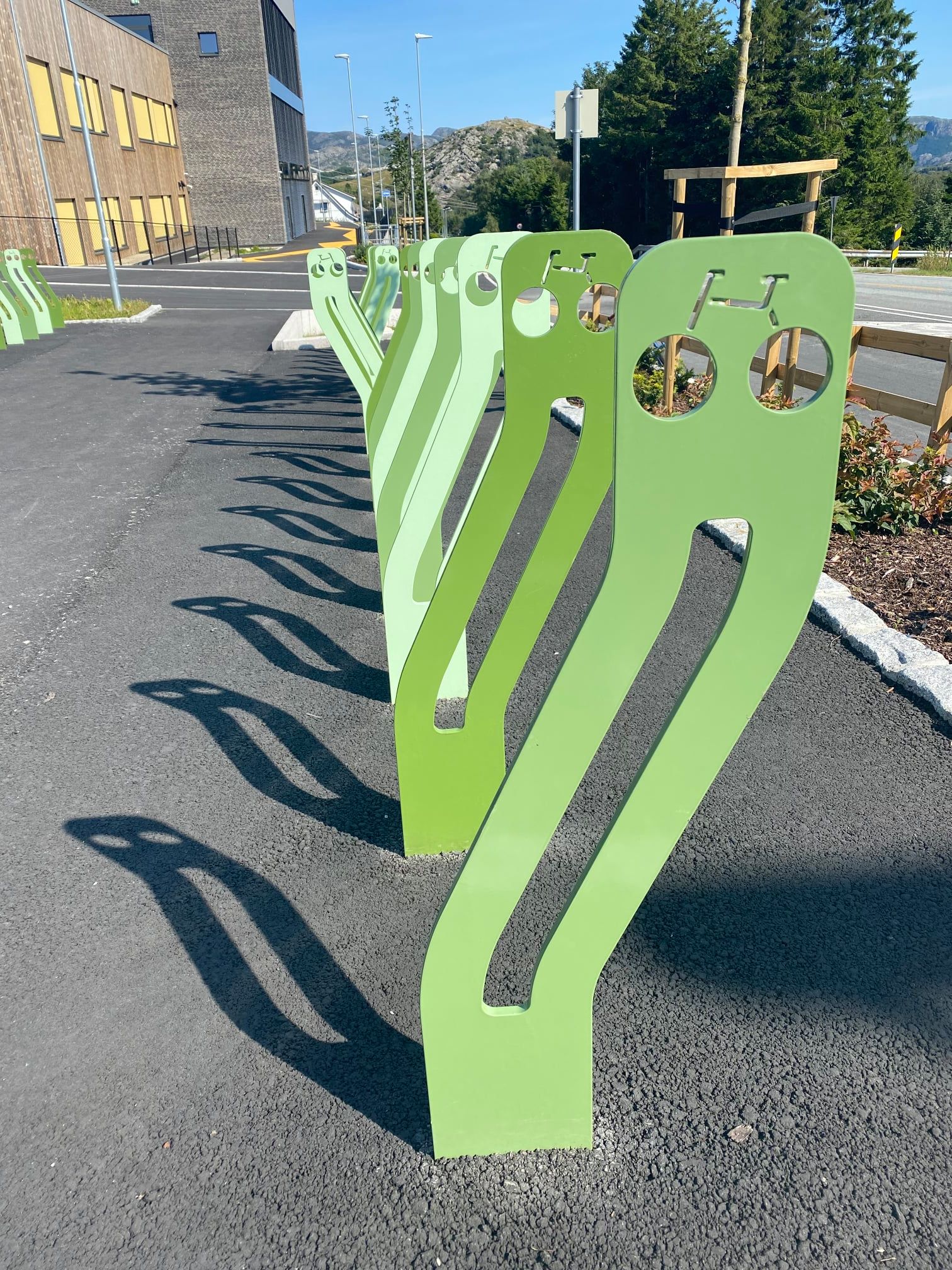Surface treatment of steel is very important to make the surface more resistant to wear or damage. Various industrial surface treatment processes are used to change the surface of a product. See overview of corrosion classes .
An overview of the various methods for surface treatment that Nordic Steel can offer follows below.

The method involves dipping steel or iron, which has been cleaned of rust, embers, paint, grease, oil or other contaminants, into a bath with liquid zinc that maintains 460 ° C. The steel then absorbs zinc and the coating with iron zinc and pure zinc forms a surface that is often called galvanization (hot dip galvanizing).

No other surface treatment has the same durability, adhesion, rust protection or resistance to mechanical impact, as zinc coatings on steel structures. We can deliver in accordance with NS-EN-ISO1461-ASTM, NL 91, NORSOK standard M-501 and other standards on request.
Different terms are often used for this process. This is because the word galvanization is generally used to reinforce metal's resistance to corrosion, but also as a synonym for reinforcement or hardening that has nothing to do with the technical processes.
By choosing powder coating as a surface treatment, some of the market's most stringent requirements are met in terms of long-term corrosion resistance, chemical resistance and finish. Powder coating together with the right pre-treatment is ideal for hot-dip galvanized goods and aluminum where good corrosion protection and / or a decorative surface is required.

Powder coating consists in principle of the same main ingredients as in a wet coating system, when one disregards the fact that many wet coating systems contain solvents.
The properties come from binders, hardeners, pigments and various additives. The binder is normally epoxy, polyester or a mixture of these. The lacquer powder is electrostatically charged, sprayed on the product, and the consistency is completed by melting and curing in a curing oven at a temperature of 180 to 200 ° C.

After the powder is applied, the process continues through the curing oven where the powder coating melts and cures at 180 to 200 ° C.
We can offer powder coating in all RAL colors.
With wet paint, we improve the product's appearance, durability and value.
Modern wet painting technology provides a superior finish and corrosion protection and can be applied as a protective and / or as a decorative coating on almost all types of parts.
We offer coating in several systems in accordance with NORSOK standard M-501 and other customer specifications.
We offer sandblasting and industrial painting according to NORSOK standard M-501, NS-EN ISO 12944-5: 2007 or according to the customer's specifications.
We offer a separate paint system for finer painting of parts that require a high finish and gloss. Documentation and inspection of Frosio-certified personnel.
We offer sandblasting and painting according to NORSOK standard M-501, NS-EN ISO 12944-5: 2007 or according to the customer's specifications.
Documentation and inspection of Frosio-certified personnel.
Used by extreme need for surface protection, such as at great depths. There are different color choices that also provide good visibility underwater. Xylan has the lowest known coefficient of friction of all types of surface treatments. It is stable and efficient at low and high temperatures. Xylan has lubricating properties and protects well against corrosion, preferably in combination with phosphate pretreatment.
Xylan has been used in the offshore industry for 30 to 40 years. Xylan extends service life and reduces overall operating costs.
Everything is done according to the customer's requirements and specifications and Xylan is available in a wide range of colors. By using Xylan you achieve:
• Low coefficient of friction
• Protection of two sliding surfaces against each other
• Disassembly of the product without risk of losing the properties of the material
• Corrosion protection
• Noise reduction
• A surface that can withstand both very low and high temperatures
• Insulation of components against electrical intrusion
• Correct color code on equipment